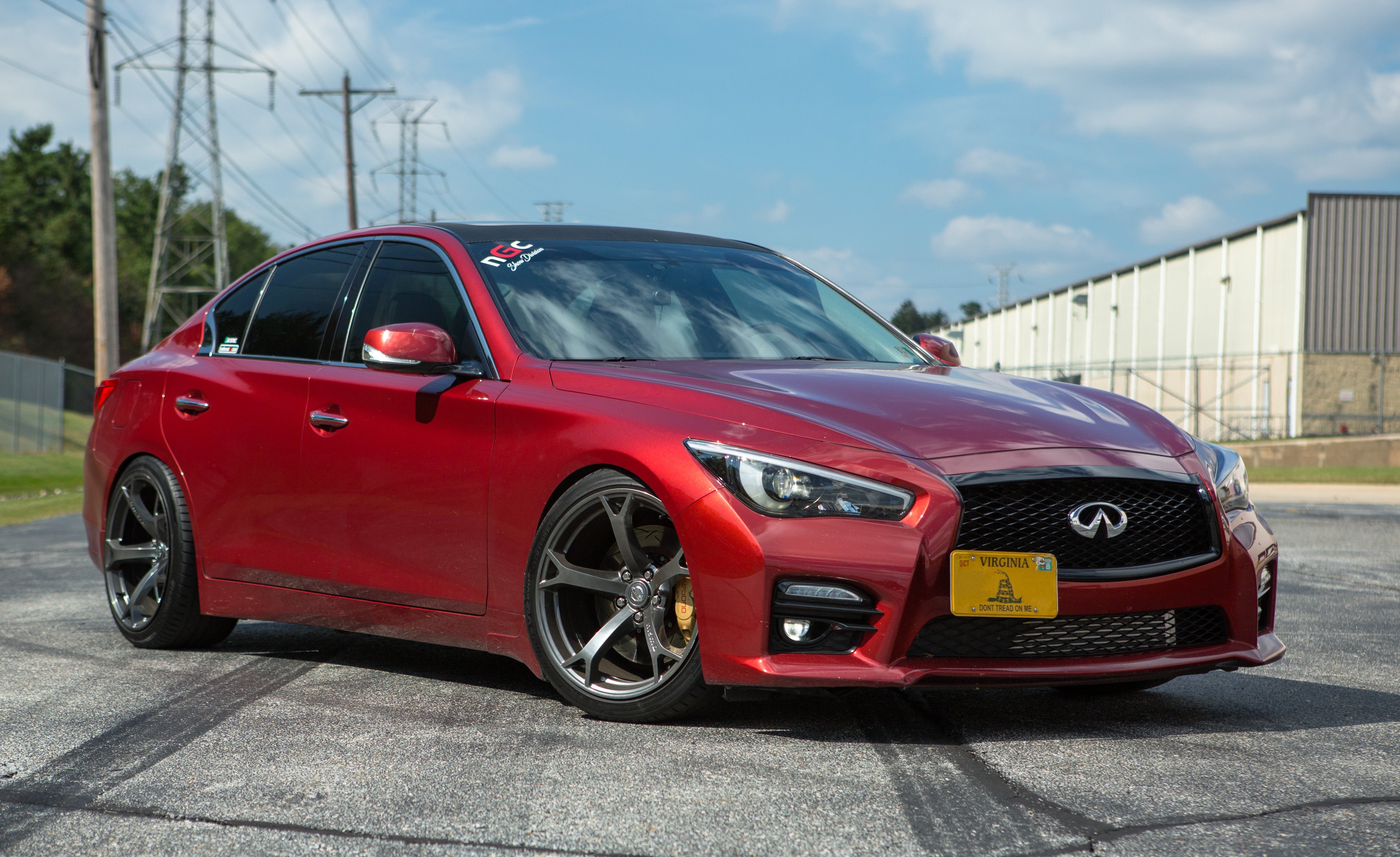
The Luxury of Performance - Direct Fit Catch Can R&D, Part 1 - Concept and Design
Traditionally in the automotive world, luxury is defined by vehicles that come out of Germany. They set the mark at least. Nissan, however, has challenged the status quo with their Infiniti lineup, most recently with their Q50 and Q60. Where the BMW, Mercedes, and Audi are covered in a thick layer of dusty heritage, Infiniti has introduced a breath of fresh air into the sport luxury segment.
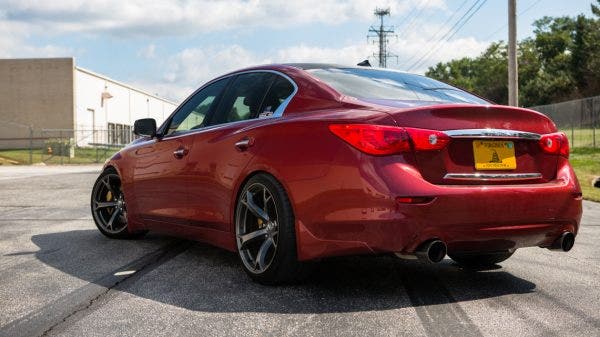
In other markets, the Q50 carries the notorious Skyline nomenclature, and where it's not quite on the level of the GT-R, it can certainly hold its own.
Where Infiniti has been a player in the upscale market for some time now, it was only recently that they've become a serious opponent to the Germans. The G37 paved the way for the modernly aggressive styling of the Q50, leading it to become more than just a thorn in the side of the 3-Series, C-Class, or the A4. The introduction of the 3.0T pushed that challenge even further.
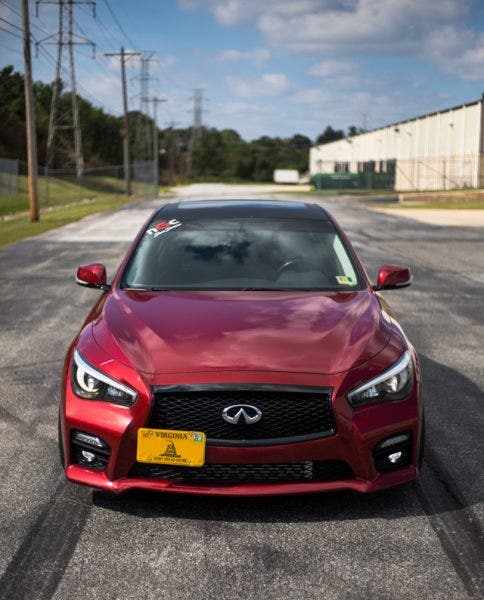
The newest addition to the VR family of Nissan engines, derived from the beating heart of the GT-R, is teeming with technology and horsepower. It's their way of blending performance with luxury. But these strides to raise the bar over the typical luxury cars means nothing if the engine is throttled by carbon buildup. What is all that sensational interior and flashy design good for if it can't meet peak performance? Herein lies a compelling thought. Sometimes luxury is best defined by what's happening under the hood.
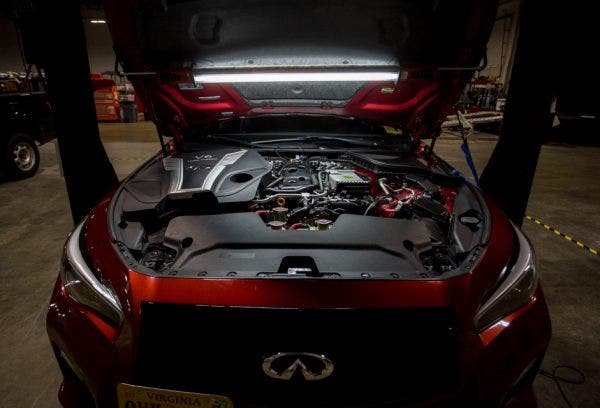
These cutting-edge technologies still suffer from age-old flaws. The formula of the VR30DDTT powering the Q50, even if packed full of innovation, also turns out to be the perfect breeding ground for blow-by and carbon buildup. Coupling turbos together with a 10.3:1 compression ratio and direct injection is the perfect environment to clog up the electronically controlled valves with an oil and fuel mixture. Where BMW and Audi have started to incorporate air-oil separators in the PCV systems (which we found could still use some help), the Infiniti has allowed contaminated crankcase pressure to pass through uninhibited.
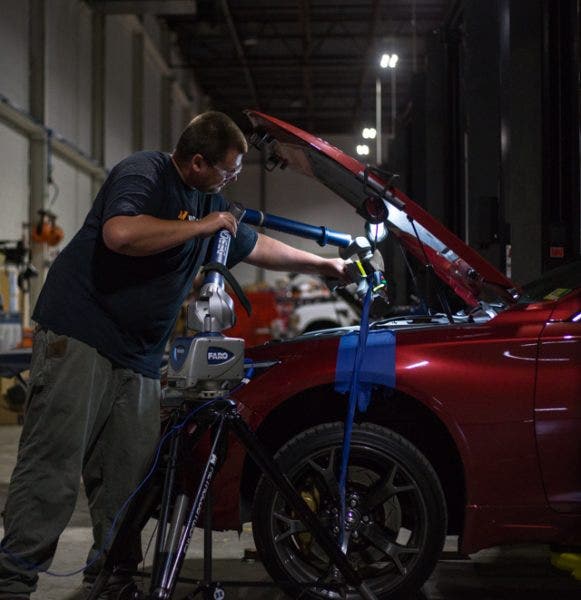
Dan starts off the project by capturing a 3D scan of the potential mounting location in order to properly design a sturdy bracket.
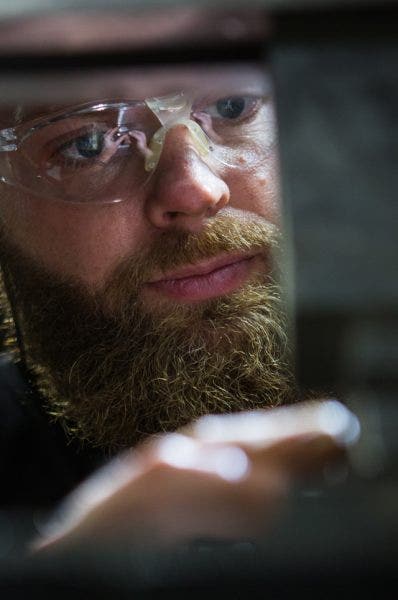
It's always a team effort here at Mishimoto. Our fabrication expert, Mike, works the hydraulic press to bring Dan's mounting bracket design to life.
Even for the most advanced engines, catch cans are still a top solution to ensure the inner workings of the 3.0T stay as clean as the expertly sculpted body lines or lush interior. Our engineer, Dan, had his work cut out for him with this project though. Finding the space for mounting one of our catch cans and routing the lines are two separate obstacles. With the Q50, these two morphed into one since there is one quality about this model that is traditionally Nissan - the total lack of space under the hood.
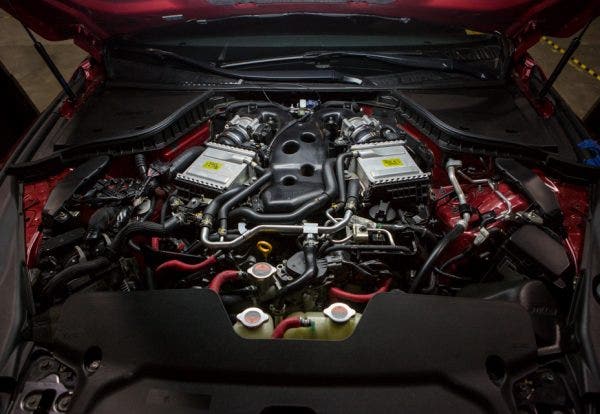
After the engine cover comes off, our task looks even more daunting. The decorative panel mostly just shrouds the organized chaos that lurks underneath.
Dan still found a viable mounting location for our can, nestled next to the driver's side air-to-water intercooler. Given the already cramped engine bay, Dan did do something a little out of character, which was to design the bracket to mount to the engine itself. To ensure that our kit would stay in place with vibrations, Dan designed a beefier bracket that would no doubt stand up to excessive movement. On top of that, servicing this catch can would be a feat with given mounting location, but Dan already had that in the back of his mind.
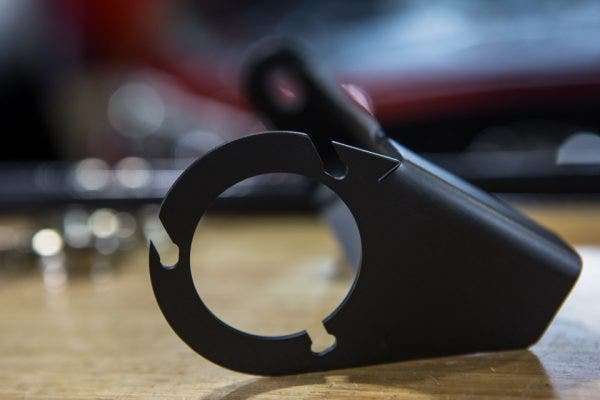
Typically when we have a can in a narrow location, our first option is to include a drain kit. However, given that we don't even have the space under the can, Dan got creative. By notching the bolt holes in the bracket, we've taken some of the stress out of accessing the bottom of your catch can.
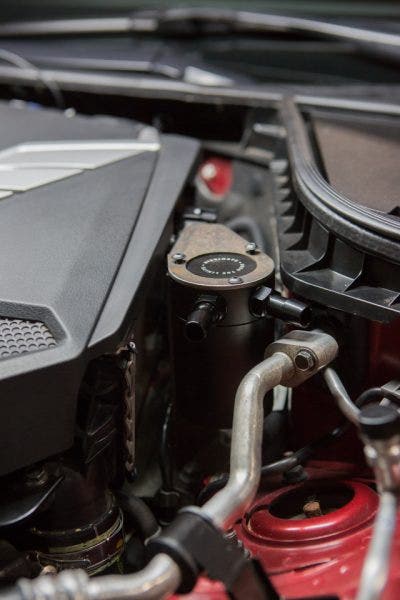
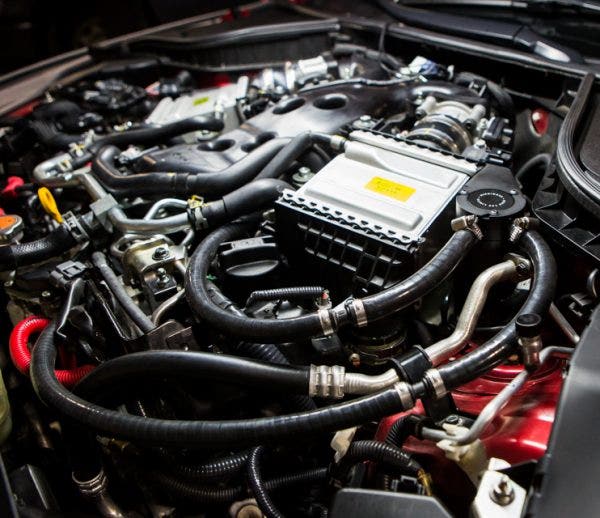
Routing the lines ended up being easier than expected. Sure, it looked like a rat's nest of coolant and vacuum lines, but with a little finesse Dan easily guided our prototype lines through the gauntlet of factory airways and coolant channels.
After squeezing our prototype kit under the hood of our loaner Q50, we sent it back out on the road for our standard 1000-mile road test. This assessment is a two-pronged tool of the new kit. On one side, this will be a gauge of how much murky stuff there is to catch. On the other side, we'll find out if there is a symbiotic relationship between our catch can and all of the Q50's systems. Stay tuned to see how well our prototype kit performed.
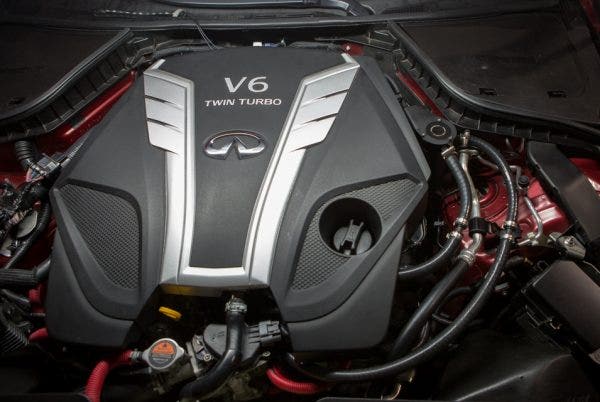
Thanks for Reading!
-Nick




